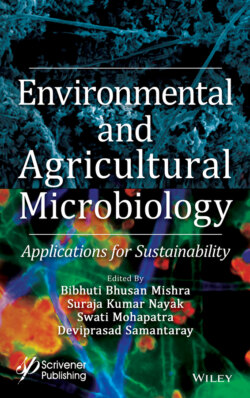Читать книгу Environmental and Agricultural Microbiology - Группа авторов - Страница 89
4.4.3 Biodegradability of PHAs
ОглавлениеBiodegradation can be defined as the breaking down material when exposed to bacteria, fungi, or by other biological means, whether anaerobically or aerobically [38]. It can also be stated that the polymer degradation in biological space via enzymatic and non-enzymatic hydrolysis and not via thermal oxidation, radiolysis, or photolysis. The remarkable ability of PHAs to degrade biologically has made it an interesting and promising material for various applications [2, 3]. Increasing amounts of chemical waste pose a significant threat to the biosphere and damage the environment to a greater extent. So, it is a great matter of concern for the environment and materials having biospheric cycling are becoming important these days. PHAs are one of the polymeric materials synthesized by microorganisms under particular growth conditions and find a special place as biodegradable natural polyesters in the biosphere recycling [2, 3]. Biodegradation of PHAs is accelerated by microorganisms that reside in a specific natural environment such as soil. In this natural environment, PHA has the most exceptional capacity for degradation.
However, studies show that PHA degradation in soil was carried out in the laboratory, and different isolated cultures of microorganisms for PHA degradation and very few data are available on PHA biodegradation in land under field conditions. In one of the examples, PHA degradation under natural conditions showed that it too four weeks to degrade in the ground for a golf tee made of the polymer, but unfortunately, exact requirements for degradation of PHA were not mentioned yet. However, data suggest that the type of soil is an essential factor affecting PHA degradation [39–41].
